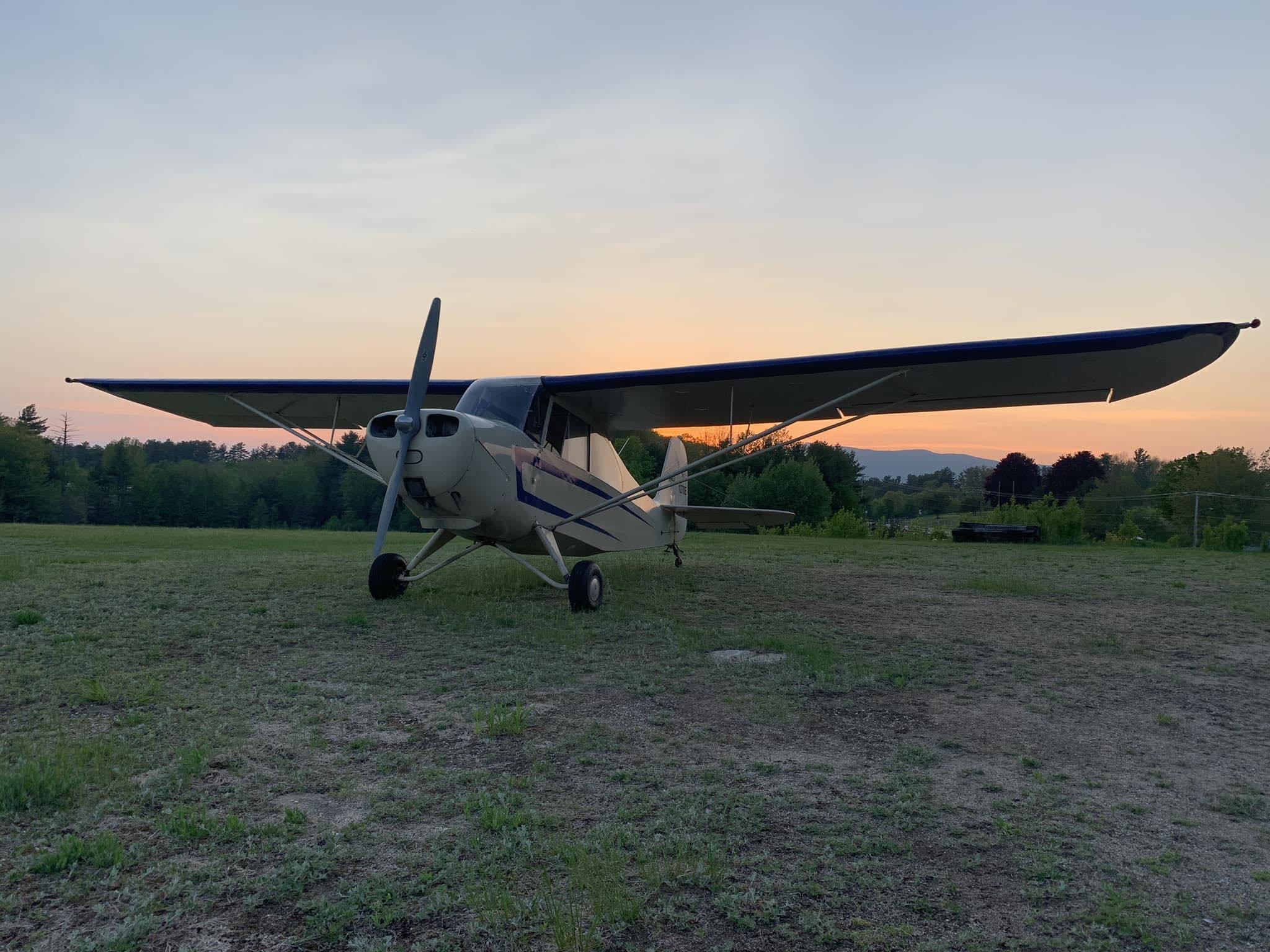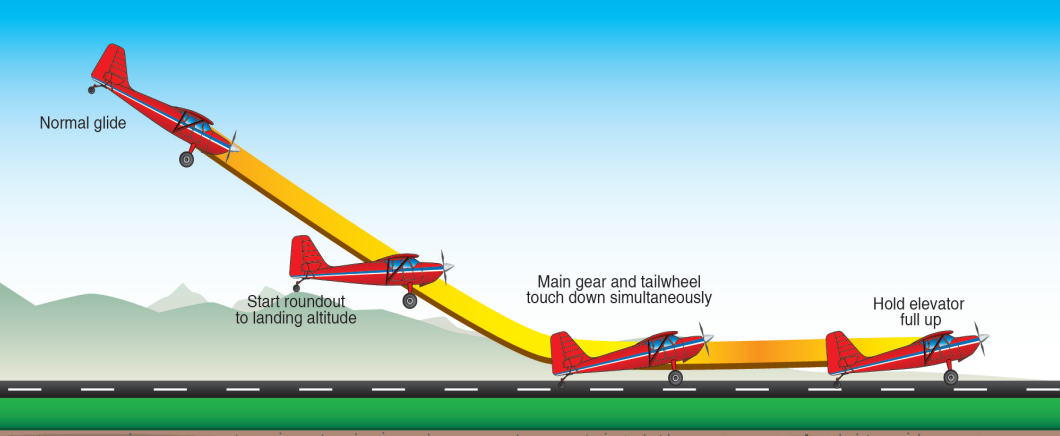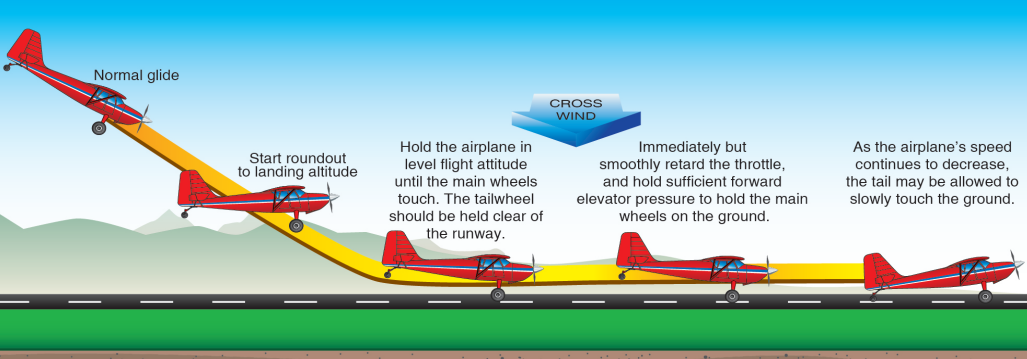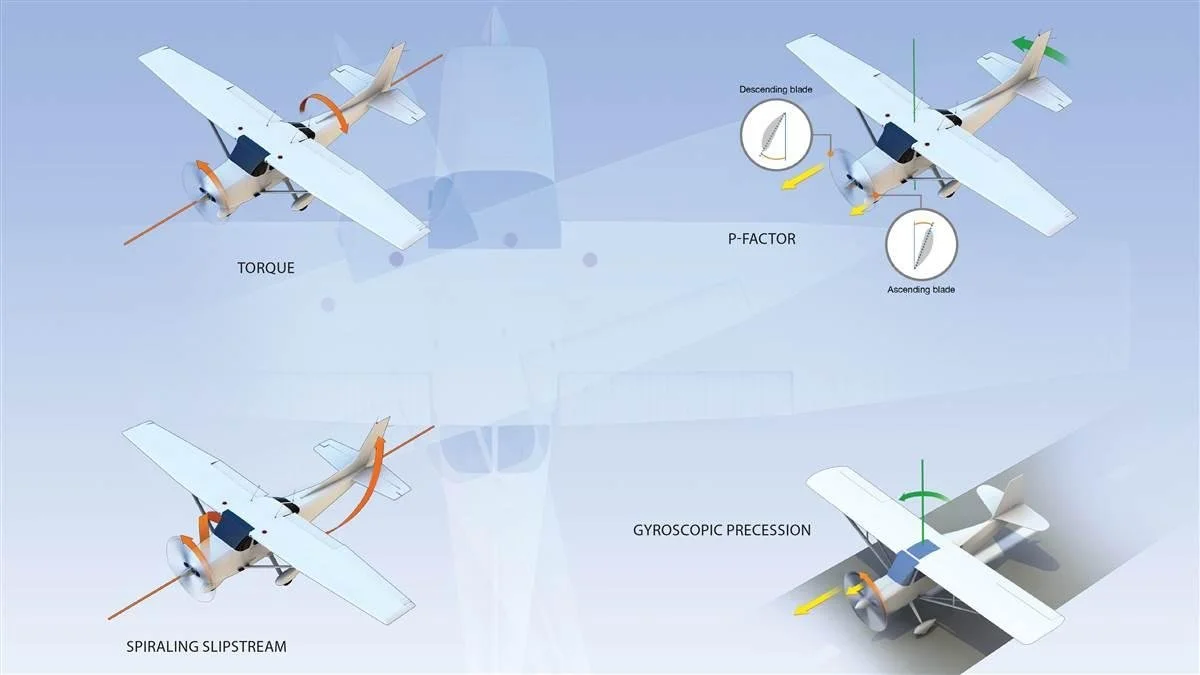
tailwheel training
Tailwheel training at Monadnock Choppers offers pilots the opportunity to enhance their stick-and-rudder skills in a challenging and rewarding way. Mastering a tailwheel aircraft requires precision, finesse, and a deeper understanding of aircraft handling, particularly during takeoff and landing. This training sharpens your overall flying abilities, making you a more versatile and confident pilot. Whether you’re looking to fly vintage aircraft, improve your proficiency, or simply take on a new challenge, tailwheel training is an excellent way to elevate your aviation skills to the next level.
Introduction
We are so excited you have decided to pursue a tailwheel endorsement. This is going to be some of the most fun flying you will do! Our instructor will meet with you to provide ground and flight training, but here is a reading list are a few tips to help you get started!
Reading List
We recommend starting with this reading list and videos, and reviewing the “Preparing for Your Lessons” section below.
http://www.airbum.com/articles/ArticleTailwheelTraining.html
Stick and Rudder - An Explanation to the Art of Flying - Wolfgang Langewiesche
https://www.faa.gov/sites/faa.gov/files/regulations_policies/handbooks_manuals/aviation/airplane_handbook/15_afh_ch14.pdf
Preparing for your lesson
REview the basics
Review Tailwheel Differences: Before your lesson, familiarize yourself with how tailwheel aircraft differ from tricycle-gear planes. Tailwheel planes have their main landing gear in front and a small wheel (tailwheel) at the back, which changes how they handle, CG, and turning tendencies.
Rudder Control: Rudder use is crucial in tailwheel aircraft. Brush up on your understanding of coordinated flight and the importance of rudder input during various phases of flight.
Hand Propping: Our Champ is a hand propped airplane, which can be a dangerous event. We will review the procedure and safety aspects of it, but please watch this video as well.
Study Ground Handling: Tailwheel planes are more prone to ground loops and require more precise rudder control. Read up on ground handling techniques, especially during takeoff and landing.
Crosswind Landings: Tailwheel aircraft require careful crosswind management. Review techniques for crosswind takeoffs and landings, as they’ll be a significant part of your training.
Be dressed for success
Comfortable Clothing: Wear comfortable clothing and shoes with a good grip that allow you to feel the rudder pedals well. Avoid bulky shoes that might hinder precise control.
Seat Boosters: Our aircraft has limited ability to adjust the seat height and distance to the rudder pedals. If you are on the shorter side, we recommend bringing whatever cushion or booster you use in the aircraft you fly. We will also have cushions available.
Headset: Don’t forget to bring your headset. Noise cancelling is preferable as it can get quite loud in the aircraft.
Rest Well: Tailwheel flying can be demanding, so ensure you’re well-rested and ready to concentrate fully during your lesson.
Be Open to Feedback
Learn from Mistakes: Tailwheel flying often involves a steep learning curve. Be open to feedback and view any mistakes as valuable learning experiences.
Practice Patience: Mastery of tailwheel flying takes time and practice, so be patient with yourself as you develop these new skills.
Be Ready for a Challenge: Tailwheel training is known for being challenging but rewarding. Approach your first lesson with a positive mindset, ready to learn from any mistakes.




